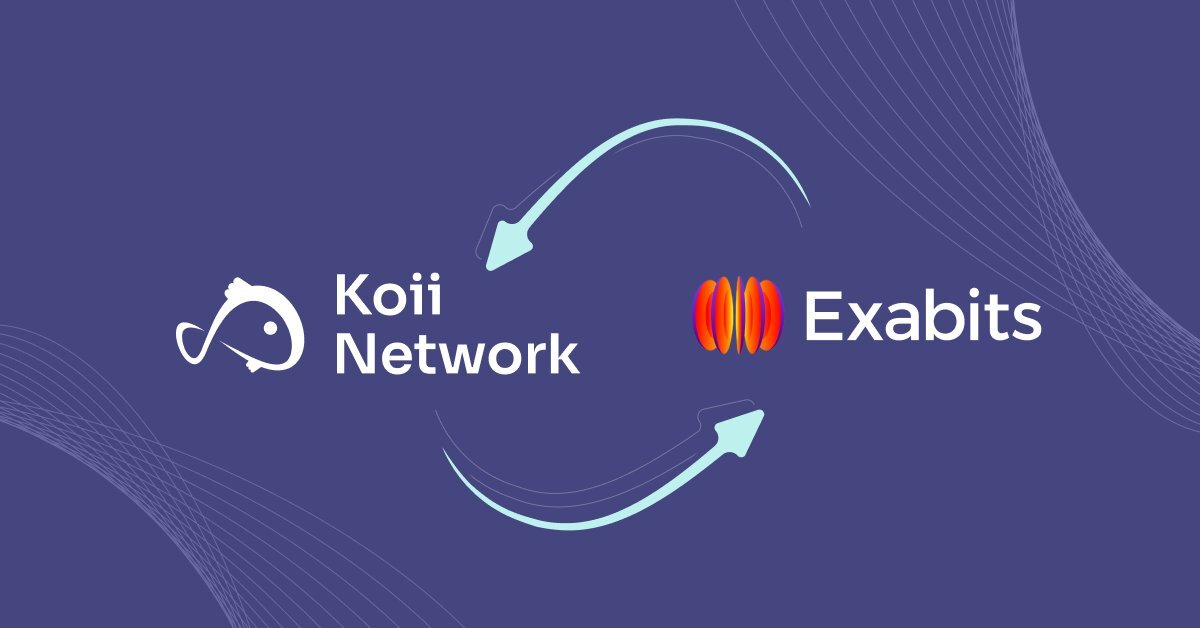Unleashing the potential of idle infrastructure
The rapid advancements in blockchain technology have ushered in a new era of decentralized networks, with Decentralized Physical Infrastructure Networks (DePINs) standing at the forefront of this transformation. DePINs represent a groundbreaking approach to managing and utilizing physical infrastructure by leveraging the power of decentralized networks and tokenization.
The challenge: unlocking the value of idle infrastructure
In traditional infrastructure models, vast amounts of physical assets—such as storage units, computing resources, and communication networks—often remain underutilized. This idle infrastructure represents a significant opportunity cost, as it could be leveraged to generate revenue, reduce costs, and enhance overall efficiency. However, centralized control, lack of transparency, and limited incentive structures have historically hindered the effective utilization of these resources. While rapid network expansion can be appealing, it is essential to align infrastructure growth with actual user demand.
Tokenization: The key to decentralized utilization
Tokenization is the process of representing physical assets as digital tokens on a blockchain. It offers a revolutionary solution to the problem of idle infrastructure. By tokenizing infrastructure assets, these resources can be fractionalized, traded, and monetized on decentralized platforms, improving resource allocation and creating new streams of revenue.
For example, a data center with excess storage capacity can tokenize this idle space, allowing users to purchase or lease storage directly through a decentralized marketplace. This not only optimizes the use of existing infrastructure but also democratizes access to it, enabling a broader range of participants to engage in the market.
Decentralization is at the heart of DePINs, but it can be undermined if control becomes too concentrated. Reliance on large mining pools, which centralize power in a few regions, underscores the need for DePINs to promote broad participation and prevent centralization to maintain the integrity of the network.
Koii Ocean: A new paradigm in funding DePINs
Koii has introduced the Koii Ocean platform, a groundbreaking approach to crowdfunding for projects. With 90,000 nodes in its ecosystem, it addresses a critical issue in the DePIN space: overreliance on venture capital funding, which often creates misalignment between project goals and community interests. Koii empowers builders through the principles of #crowdSource, #crowdBuild, and #crowdFund.
Key features of Koii Ocean:
-
Direct community investment: Koii node operators can invest directly in new projects. This ensures better alignment with long-term project goals (#crowdSource).
-
Comprehensive support: Koii Ocean handles all aspects of the fundraising process, including KYC and compliance. This makes it easier and more efficient for projects to launch and scale (#crowdBuild).
-
Democratized funding: The platform opens up investment opportunities to a broader community, moving away from the traditional VC-dominated model (#crowdFund).
The economic flywheel and innovation incentives
The success of DePINs, including those launched through Koii Ocean, is closely tied to the economic flywheel effect. Initial token incentives drive participation, which in turn increases the network’s value and attractiveness. This creates a feedback loop that further incentivizes participation and network growth.
Koii’s approach aligns individual incentives with collective outcomes, creating a self-organizing ecosystem where participants are rewarded for contributing to the network. This decentralized model not only enhances the efficiency of resource utilization but also encourages the broader adoption of DePINs by lowering barriers to entry and increasing access to infrastructure assets.
Challenges and considerations
While DePINs and platforms like Koii Ocean offer immense potential, several challenges must be addressed:
-
Aligning growth with demand: DePINs must develop strategies to better forecast and match infrastructure expansion with actual user demand to avoid unsustainable growth.
-
Preventing centralization: true decentralization is crucial, and platforms like Koii Ocean help by broadening the investor base beyond traditional VCs.
-
Transparency and participant-friendly models: clear communication about KYC and participation costs helps keep everyone informed, preventing any misunderstandings and ensuring the network stays stable.
-
Balancing speculation and utility: DePIN projects must focus on building tangible utility to prevent volatility and ensure sustainable growth.
Conclusion
The intersection of tokenization, Crypto DePIN projects with innovative platforms like Koii Ocean represents a significant shift in how we can manage and utilize infrastructure. By unlocking the value of idle resources, enabling decentralized management, and providing new funding models, these technologies are paving the way for a new era of decentralized infrastructure.
By aligning individual incentives with collective outcomes, these new models offer powerful mechanisms for driving the growth and sustainability of decentralized networks, contributing to a more equitable and efficient global infrastructure landscape.

 Koii and Exabits Partnership Unlocks New Opportunities in Compute Resources and Tokenization
Koii and Exabits Partnership Unlocks New Opportunities in Compute Resources and Tokenization